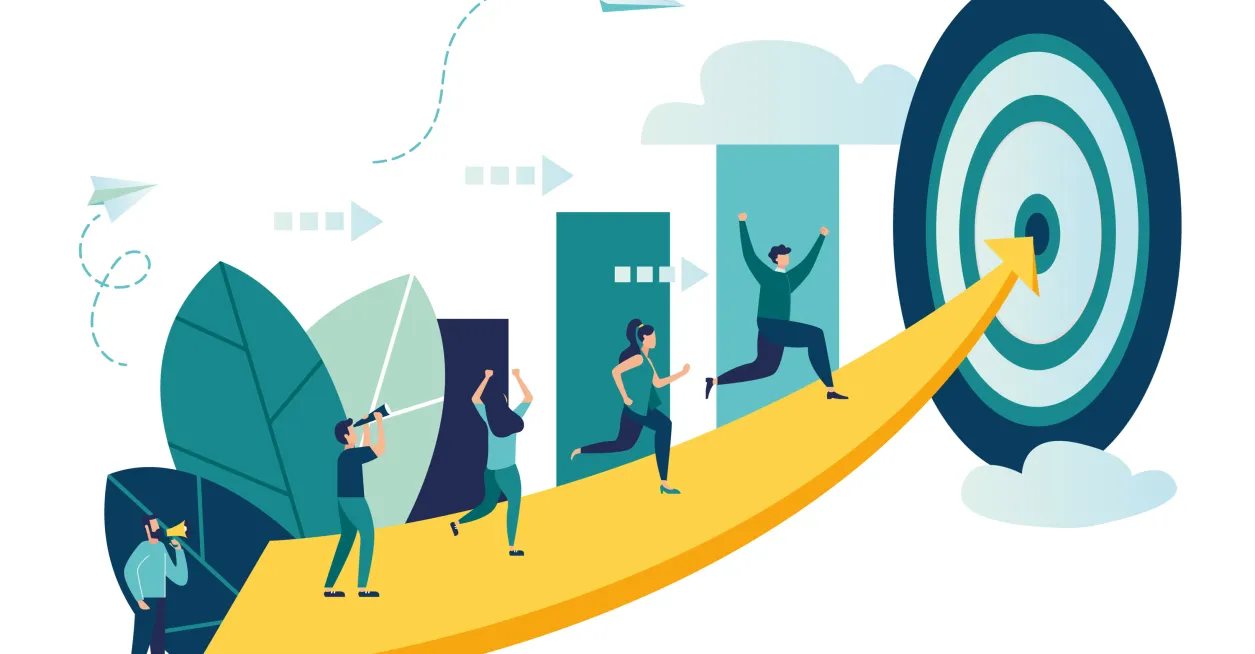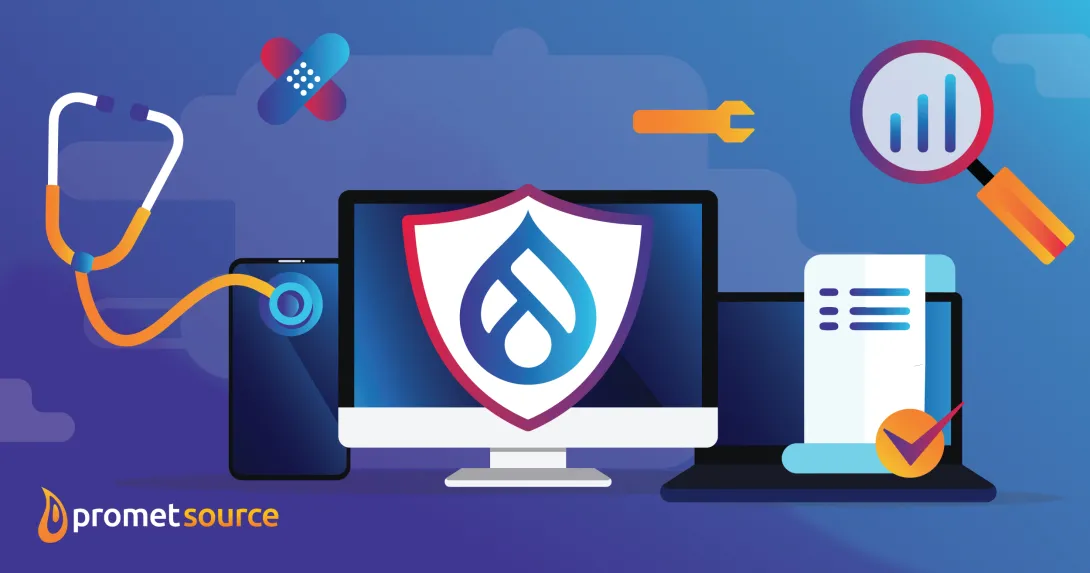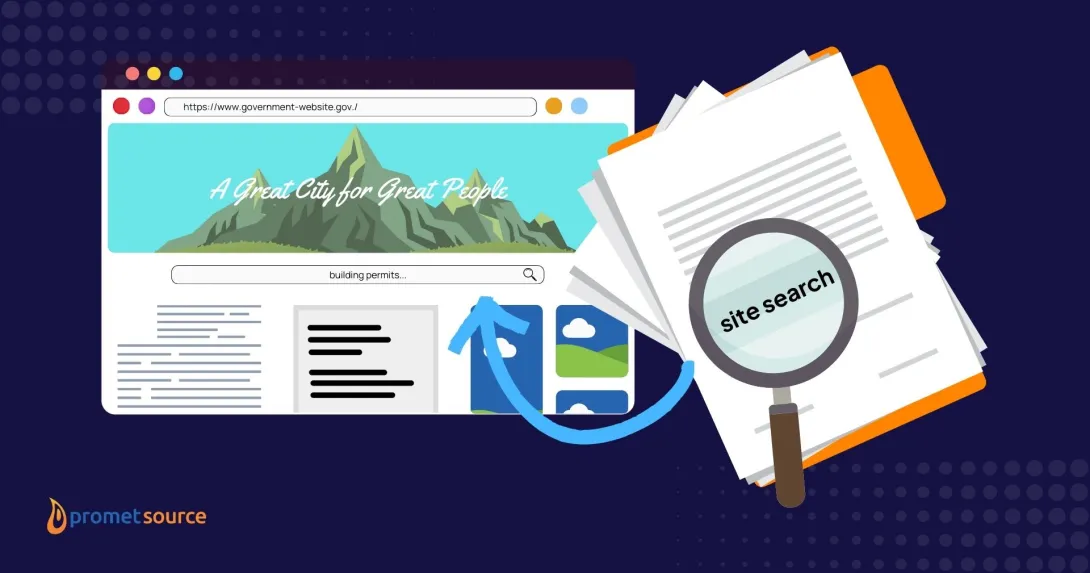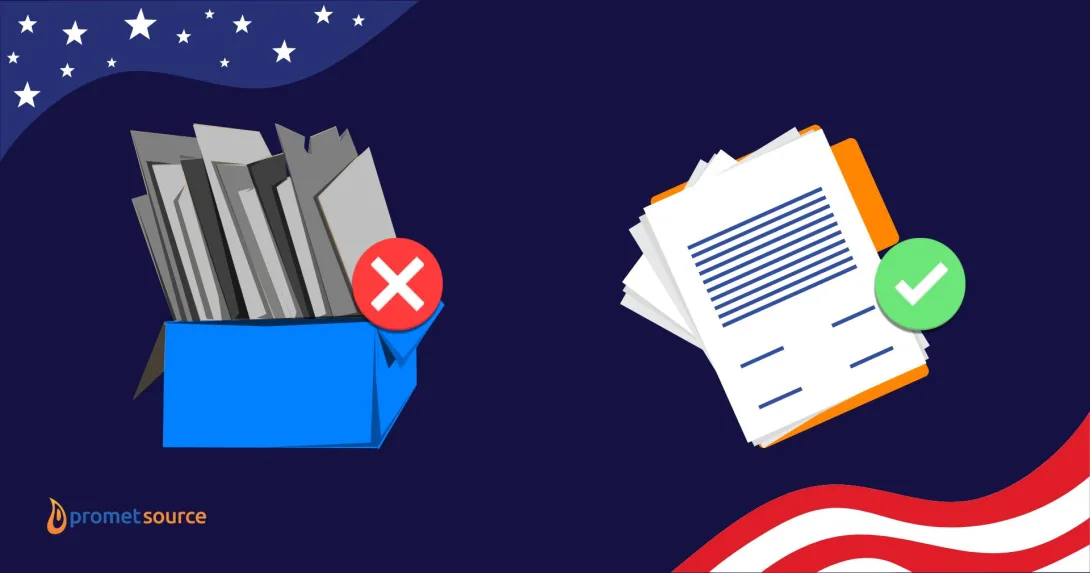The Buyer’s Journey as a Leadership Model


Astute marketers have stepped up to the concept of the Buyer’s Journey. Taking the time to understand the full range of client personas and to gain empathy for the distinct phases that clients progress through as they explore and compare solutions, is now a key component of the marketing mix.
Let’s look at the potential for applying the concept of the Buyer’s Journey to a new leadership model that can serve as an essential resource for setting employees up for success.
First: a review of how understanding the Buyer's Journey is at the core of marketing effectiveness.
The exercise of mapping out the Buyer’s Journey produces insights that equip marketers to craft the right messages for the right media at the right time. The Buyer’s Journey also takes into account that not only do clients continue to have choices after the purchase, they now have a social media megaphone for broadcasting their experiences, and as such, there can be dire consequences for not continuing to pay attention after the purchase.
While there are different models and different terminology to describe the Buyer’s Journey, the table below represents a snapshot of the distinct phases and the general types of marketing and messaging associated with optimizing impact within each.
Buyer's Journey Snapshot
| Phase | Strategy | Messaging/Media |
| Awareness of need | Focus on pain points / gain mindshare | Industry-focused content that emphasizes empathy / Social media and sponsorships |
| Consideration of solutions | Education / help determine purchase criteria / Offer insight into what it’s like to work with you | Emphasize scope and superiority of your offering / Content-rich blog posts, checklists, white papers, webinars, speaking engagements, case studies, trial offers |
| Decision to purchase | Validate decision | Ease of implementation / training, support, webinars, user guides, community engagement |
| Evaluation / advocacy | Continuous added value | Superior support, ongoing education and updates, closed Facebook groups, exclusive invitations, surveys, loyalty programs |
Functional Model
Clearly, the days of the one-size-fits-all marketing campaign is a thing of the past. The bar has been raised and expectations are high for both messaging and solutions that are relevant to and resonate with clients’ specific needs.
The concept of the Buyer’s Journey has gained traction because it makes sense and it works. It’s built upon genuine empathy and a sharpened focus on human centeredness in the design and delivery of both messaging campaigns and the solutions that they represent.
Next Frontier: The Talent Journey
Imagine the impact if business leadership applied a similar model to the recruiting and retention of talent.
Clearly, employees progress through distinct phases as they:
- Decide to search for a new job
- Evaluate their options
- Prepare for an interview
- Participate in the interview process
- Agree to join forces
- Get onboarded
- Become proficient in their new role
- Evaluate the job and the company against initial expectations
- Grow within the organization, and
- Evaluate future options.
Essentially these above phases fall within four basic categories:
- Search
- Sign on
- Onboard
- Empower
The following is a framework for the Talent Journey that mirrors the four phases of the Buyer’s Journey -- recognizing that this is simply a skeletal overview that needs to be refined and fleshed out to factor in the makeup of your team and the requirements of your company.
Talent Journey Snapshot
| Phase | Strategy | Actions |
| Search | Maximum positive exposure | Consistent social media posting, clear social media guidelines for current employees, presence at industry events, networking, incentive programs to encourage current employees to recruit to their sphere |
| Sign on | Clarify expectations | Behavioral assessments that can be validated at the outset to help launch positive working relationships, detailed job descriptions and clarity concerning expected challenges, thorough information concerning benefits and company policies |
| Onboard | Set up for success | Frequent check-in along with a formal 30-day, 60-day, and 90-day program that sets goals and encourages issues and obstacles to be dealt with quickly |
| Empower | Encourage stretch goals, remove obstacles,create a path for growth | Training, memberships in industry organizations, participation in industry events, open communication, employee surveys, 360 degree reviews, recognition programs |
Talent Optimization
Leaders who adopt a Talent Journey mindset commit to paying attention and always being mindful of where team members are on the journey, within the framework of an intentional, empathetic model for connecting. As is true for the Buyer’s Journey, outcomes are optimized when there’s a recognition that different kinds of outreach are best suited for different phases of the journey.
Too often though, once talent has been hired and onboarded (insofar as such a process exists) they’re expected to merge with the culture, meet whatever demands come their way, and suck up any frustrations about the degree to which the actual job is out of alignment with their original expectations.
To those who are thinking, “That’s too bad. This is business. The focus needs to be on innovation, attracting clients and maximizing profits--not coddling employees…” consider the cost of constant turnover, losing top talent to your competition, or frustrated employees operating at sub-par levels.
Talent Magnets = Great Leaders
A decade ago, when unemployment was teetering around 10 percent, leadership might have gotten away with more cavalier attitudes about cultivating talent.
In the current economic climate, competing for talent is as critical of a success factor as competing for customers, and here’s the critical point: The competition is not won on the day that they agree to join forces.
It’s no secret that turnover in tech is rampant. Talent knows their worth. They are mobile, well-connected, want top dollar for what they have to offer. According to Spicework’s recently published 2018 IT Career Outlook, more than one third of IT professionals in the United States are currently on the lookout for a new opportunity. Within your current team, can you accurately identify this 33 percent? Do you know who would be subject to being poached by a competitor if they got a better offer. Do you know who is frustrated and how that’s having an impact on their performance?
Just as the Buyer’s Journey calls upon marketers to sharpen proficiency in multiple areas in order to optimize targeted effectiveness, the Talent Journey challenges leaders to be firing on all cylinders as they set talent up for success and help to remove obstacles for growth. The Talent Journey is both a model and a mindset that brings a richer dimension to our professional lives, deepening both relationships and the bottom line.
We’d love to hear from you! Do you view the Talent Journey as a workable model? What kinds of successes have you had in applying various components of it? Add your comments below or contact us today for a workshop on a leadership model that serves the specific needs of the Talent Journeys within your organization.
Other Insights & Resources you may like
Get our newsletter
Get weekly Drupal and AI technology advancement news, pro tips, ideas, insights, and more.




